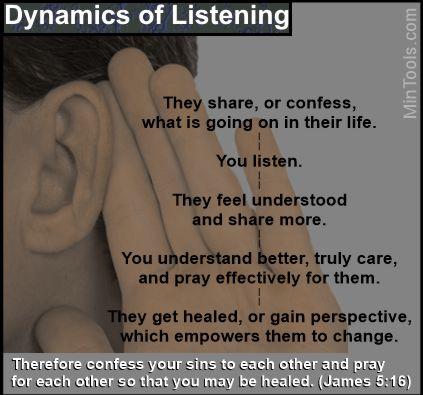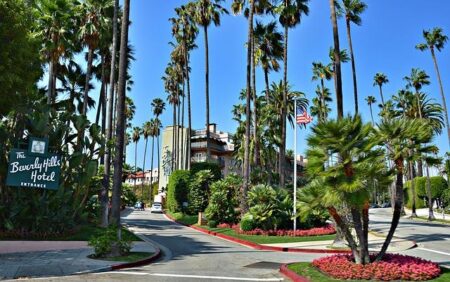How Mendez v. Westminster Transformed School Segregation Laws and Its Enduring Legacy
Breaking Barriers: The Legal Triumph Against School Segregation
In the mid-1940s, the case of Mendez, et al.v. Westminster School District of Orange County, et al. emerged as a groundbreaking challenge to the entrenched practice of segregating Mexican-American students in California’s public schools. Filed in 1945 and decided in 1946, this lawsuit confronted state laws that mandated separate and unequal schooling based on ethnicity. The federal court’s decision declared such segregation unconstitutional, directly undermining the “separate but equal” doctrine long used to justify racial divisions in education. This ruling not only dismantled discriminatory policies in California but also laid the legal foundation for the landmark 1954 Brown v. Board of Education decision, which ended school segregation nationwide.
The case was argued and adjudicated in the U.S. Courthouse and Post Office, a federal building that symbolizes justice and authority. Today, this site stands as a testament to the courage of the families who fought for equal educational opportunities and the broader civil rights movement that followed.
- Confronting State-Enforced Segregation: Challenged laws segregating Mexican-American children from white students.
- Legal Precedent: First federal case to successfully overturn school segregation before Brown v. Board of Education.
- Social Catalyst: Inspired further civil rights activism and legal challenges across the United States.
| Year | Milestone | Result |
|---|---|---|
| [1945 | Case Initiated | Arguments Presented in Court |
| 1946 | Judgment Delivered | Ordered Desegregation |
| 1954 | Brown v. Board of Education | Mandated Nationwide School Integration |
The US Courthouse and Post Office: A Monument to Justice and Equality
The historic U.S. Courthouse and Post Office building is more than just a federal facility; it is a landmark that witnessed a transformative moment in civil rights history. This venue hosted the Mendez v. Westminster case, which challenged the legality of segregated schooling and set a precedent that reverberated through subsequent civil rights rulings. The building’s architecture and federal presence underscore the intersection of government authority and social justice.
Its significance today is multifaceted:
- Judicial Hub: A center where federal authority was exercised to dismantle discriminatory educational policies.
- Symbol of Community Advocacy: Represents the resolute efforts of Latinx families and activists demanding equal rights.
- Architectural Heritage: Reflects the ancient blend of civic service and the pursuit of civil rights progress.
As a preserved landmark, it continues to inspire conversations about equality and the role of federal institutions in advancing social change.
Evaluating the Lasting Influence of Mendez v. Westminster on Civil Rights
The 1947 ruling in Mendez v.Westminster was a watershed moment that challenged the constitutionality of segregating Mexican-American students in California’s public schools. By rejecting the “separate but equal” principle in this context, the decision paved the way for broader desegregation efforts and influenced the landmark Brown v. Board of Education ruling seven years later. This case not only altered legal interpretations but also energized minority communities to advocate for their rights.
The ripple effects of this case include:
- Judicial Precedent: Encouraged courts nationwide to reconsider and dismantle segregationist policies.
- Community Empowerment: Motivated Latino and other marginalized groups to engage in civil rights activism.
- Legislative Progress: Contributed to policy reforms culminating in landmark laws like the Civil Rights Act of 1964.
| Year | Event | Significance |
|---|---|---|
| 1947 | Mendez v. Westminster Decision | Declared segregation unconstitutional in California schools |
| 1954 | Brown v. Board of Education | Ended school segregation nationwide |
| 1964 | Civil Rights Act | Prohibited discrimination based on race, color, religion, sex, or national origin |
Strategies for Preserving and Enhancing the Landmark’s Legacy
To maintain the historical and educational value of the U.S. Courthouse and Post Office, a thorough preservation plan is essential. This includes ongoing restoration using historically accurate materials and methods to protect the building’s architectural integrity. Additionally, expanding educational outreach through interactive digital exhibits and multilingual tours can engage a broader audience and deepen public understanding of the site’s significance.
Collaborations with academic institutions, civil rights organizations, and local communities will further enrich the narrative and promote active stewardship of this landmark.
- Establish dedicated funding streams for restoration and public programming.
- Incorporate augmented reality tools to recreate courtroom scenes and historical contexts.
- Forge partnerships with national heritage and civil rights groups to amplify advocacy efforts.
- Develop comprehensive educational resources for schools nationwide based on the landmark’s history.
| Priority Level | Goal | Projected Timeline |
|---|---|---|
| High | Structural Repairs and Restoration | 1-3 years |
| Medium | Digital and Interactive Exhibit Enhancements | 2-4 years |
| Low | Community Engagement and Educational Programs | Ongoing |
Looking Ahead: The Enduring Importance of Mendez v. Westminster
The Mendez v. Westminster case remains a cornerstone in the history of civil rights and educational equality in the United States. By challenging and overturning segregationist policies years before the more famous Brown v. Board of Education ruling, it set a precedent that continues to influence legal and social progress. The preservation of the U.S. Courthouse and Post Office, where this historic case was decided, honors the bravery of those who fought for justice and serves as a powerful reminder of the ongoing quest for equality under the law.
As the National Park Service and other organizations continue to protect and promote this landmark, it stands as a beacon of hope and a testament to the transformative power of legal activism in shaping a more just society.




